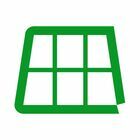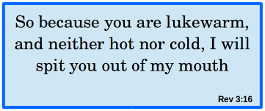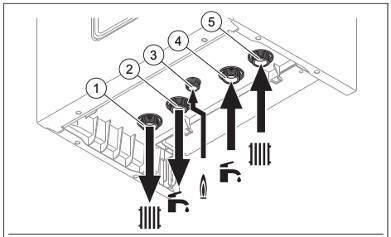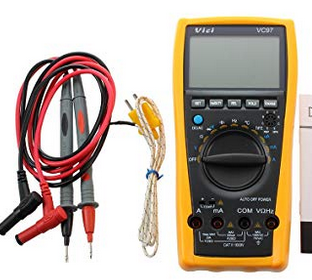Hi, fellow OVOers,
About 5wks we [my wife & I] got a new heating system installed. Our previous one was a Vented System [with a cold water cistern in the loft & a copper boiler in airing cupboard]
Our new heating system is a Combi Boiler [Vaillant ecoFIT sustain] Does any of you OVOers on here, have this system? If so I want to pick your brains, so to speak lol :)
What is the best 'Energy Efficient' temperature to have Boiler at and also to have Rads at & Hot Water at? We have a 2 bedroomed up/down house, smallish kitchen & bathroom, bottom hallway, stairs, top hallway & a back porch of the kitchen no need for rad there, we have 7 [various sizes] rads in our home
I've been doing some online research on this subject but didn't really yet any straightforward answers, too many variables. 
That's the boiler/rads temp.
That's the room temp but, we have the TRVs on the rads in the kitchen, bedrooms, bathroom, upstairs & hallways set at a lower temp than the living room.
Best answer by Transparent
View original










